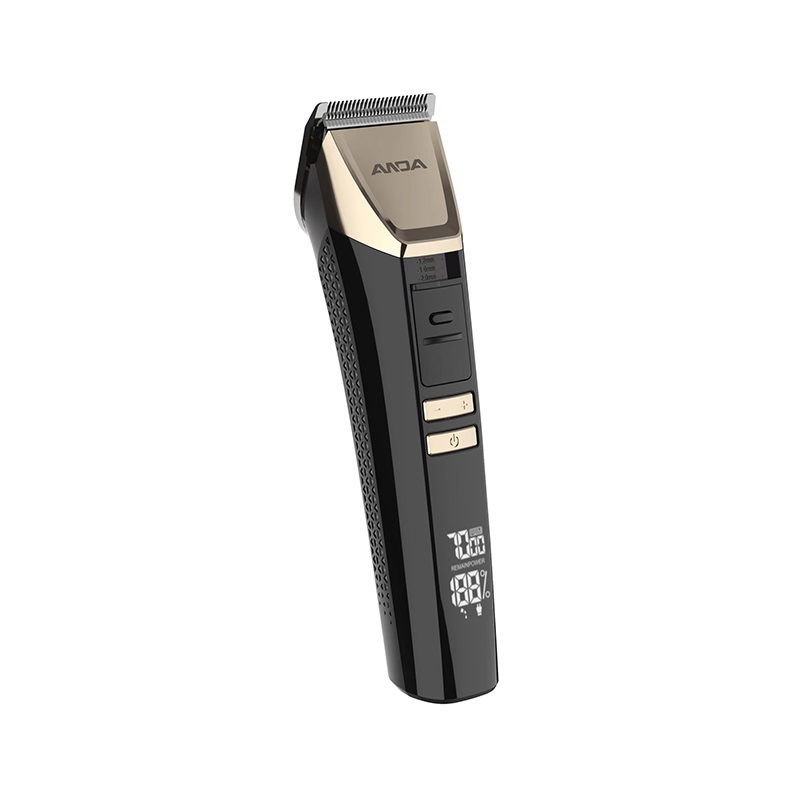 2025.06.06
2025.06.06
 Industry News
Industry News
Importance of Blade Material in Grooming Performance
When evaluating the overall quality and performance of a Pet Electric Clipper, one of the critical factors is the material used for its blades. This component is responsible for clean, efficient cutting and contributes significantly to both grooming results and pet safety. Durable blade materials ensure a smooth operation, reduce the likelihood of pulling or snagging, and extend the life of the device, making them a major consideration for pet owners and groomers alike.

Common Blade Materials and Their Properties
Pet Electric Clippers generally come with blades made from stainless steel, ceramic, or titanium-coated alloys. Each of these materials offers distinct advantages. Stainless steel is commonly used due to its affordability and resistance to rust. It provides reliable sharpness for general grooming tasks and is suitable for coat types. Ceramic blades, while more fragile, remain cooler during extended use and are less likely to overheat—an essential feature for long grooming sessions. Titanium-coated blades enhance the strength and wear resistance of steel blades, offering a premium balance between performance and durability.
Resistance to Wear and Tear
Durability is often measured by how well a blade maintains its sharpness over time. In frequent grooming, particularly with thick or coarse fur, blades can dull quickly if not made from high-quality materials. Ceramic and titanium-coated blades are known for their ability to retain sharpness longer than standard stainless steel, reducing the need for frequent replacements. Moreover, top-tier Pet Electric Clippers feature self-sharpening mechanisms, where the blade design helps maintain its edge through friction, improving long-term reliability.
Corrosion Resistance and Maintenance
Pet grooming often involves contact with moisture, oils, and hair debris, all of which can degrade lower-quality blades. Durable blade materials such as stainless steel and ceramic offer good resistance to rust and corrosion, especially when paired with proper maintenance. This includes regular cleaning, drying after use, and periodic oiling. Clippers with removable and washable blades make this process more convenient, further preserving their operational lifespan.
Heat Dissipation for Extended Use
Overheating can negatively affect both the clipper's motor and blade performance. Ceramic blades stand out for their good heat resistance, making them ideal for grooming larger pets or completing full-body trims. Although stainless steel conducts heat more readily, advanced clipper models mitigate this with efficient cooling systems or blade designs that reduce friction. Durable blade materials not only resist physical wear but also help maintain a comfortable grooming experience for pets.
Compatibility and Replacement Availability
Even the durable blades will eventually require replacement. However, high-quality Pet Electric Clippers are designed to use standardized blade fittings, allowing pet owners to easily find compatible replacement blades. Brands that prioritize durable blade construction often provide spare parts or upgrade options, extending the device’s useful life without requiring a full replacement.
Conclusion: Blade Material Plays a Key Role in Pet Electric Clipper Durability
The durability of a Pet Electric Clipper is heavily influenced by the blade material, which affects sharpness retention, resistance to corrosion, and performance under extended use. High-grade materials such as ceramic or titanium-coated steel offer good longevity and reliability, especially when properly maintained. For pet owners seeking a dependable grooming tool, investing in a clipper with durable blade materials is essential for long-term efficiency and comfort for both the user and their furry companion.